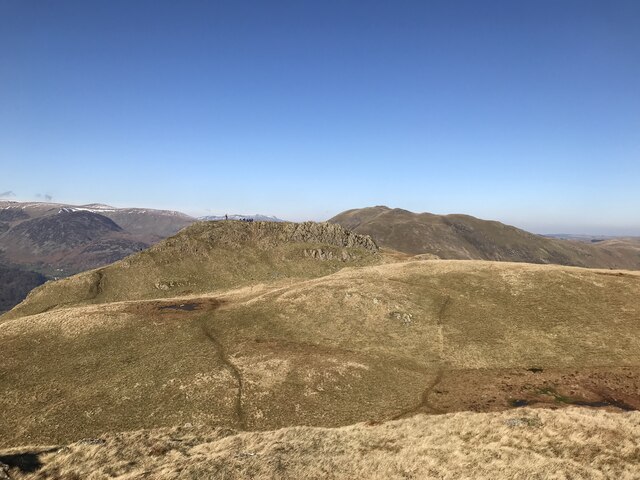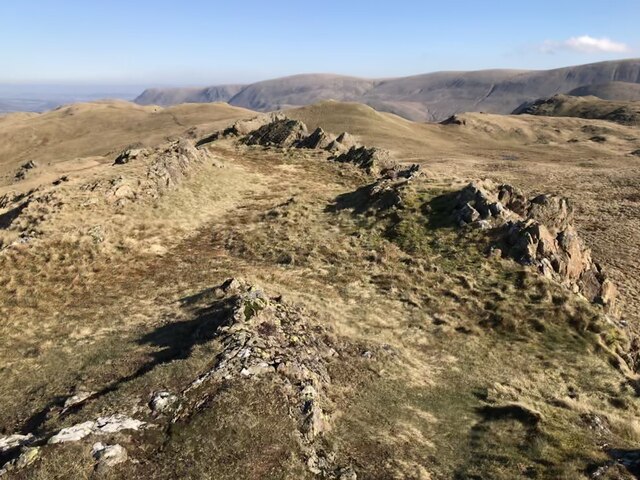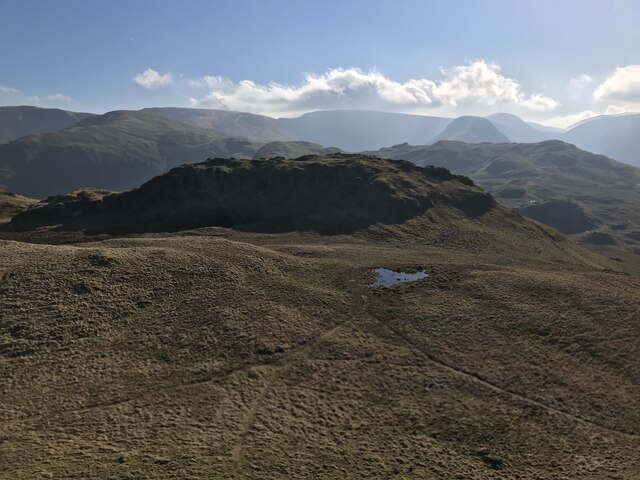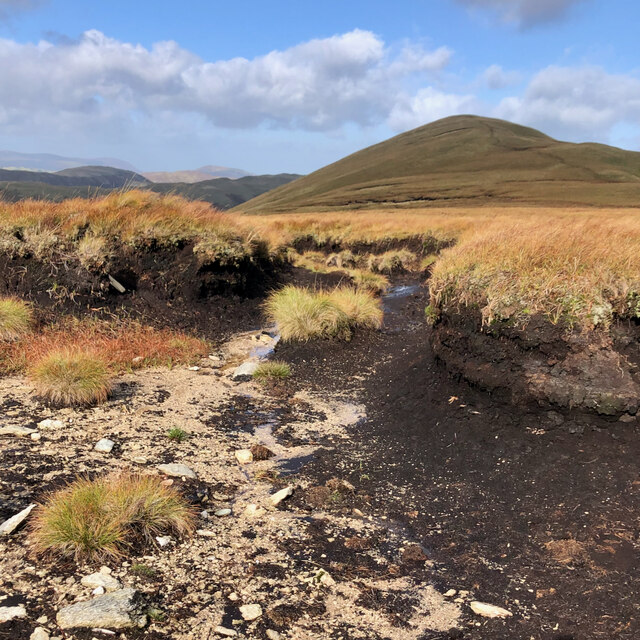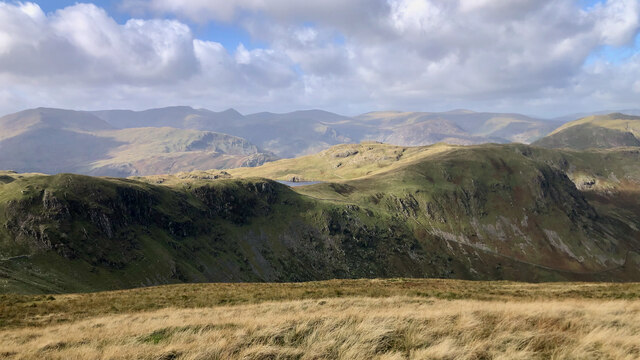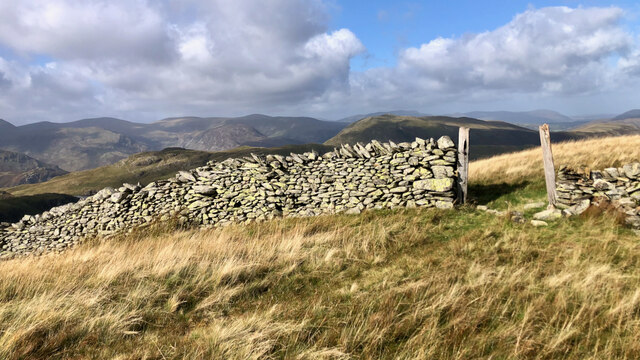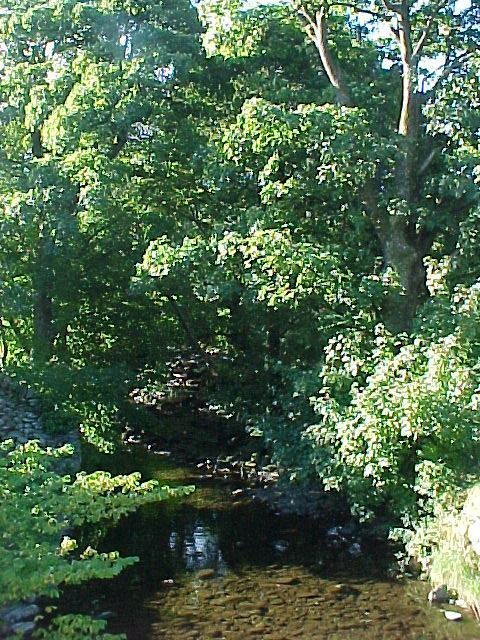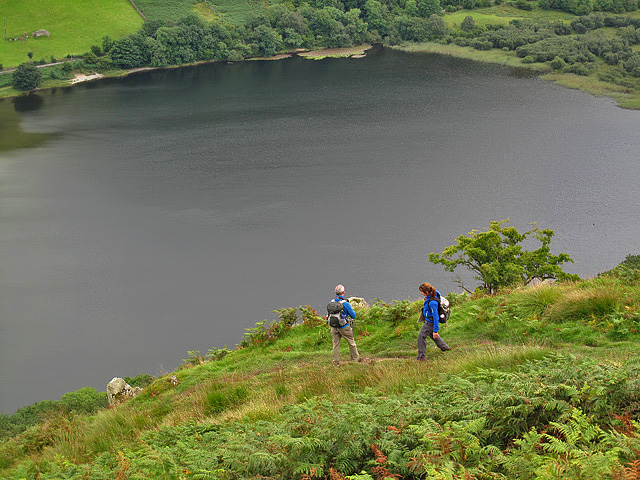Brock Crags
Hill, Mountain in Westmorland Eden
England
Brock Crags
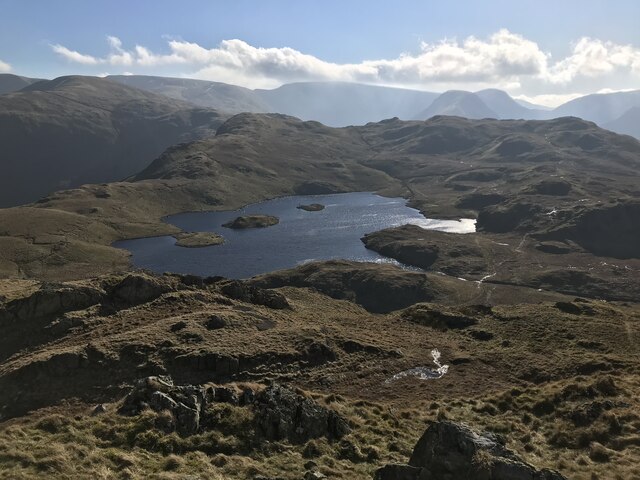
Brock Crags is a prominent hill/mountain located in the Westmorland region of England. Standing at an elevation of 561 meters (1,841 feet), it is part of the Lake District National Park, renowned for its stunning natural beauty and picturesque landscapes.
Situated in the eastern fells of the Lake District, Brock Crags offers breathtaking panoramic views of the surrounding countryside, including the nearby Thirlmere reservoir and the Skiddaw mountain range. Its strategic location provides visitors with an excellent vantage point to appreciate the splendor of the region.
The hill/mountain is a popular destination for hikers, nature enthusiasts, and outdoor adventurers who are drawn to its challenging yet rewarding trails. One of the most popular routes to reach the summit of Brock Crags starts from the village of Thirlmere, offering a moderately steep ascent through heather-covered slopes and rocky outcrops. The trail is well-maintained, making it accessible for both experienced hikers and those looking to embark on their first hill/mountain climb.
The summit of Brock Crags provides a sense of accomplishment and a chance to take in the breathtaking scenery. On clear days, visitors can enjoy unobstructed views of the surrounding peaks, valleys, and shimmering lakes. The area is also home to a diverse range of flora and fauna, including rare bird species and wildflowers, adding to the natural charm of the landscape.
Overall, Brock Crags is a must-visit destination for anyone seeking to explore the stunning beauty of the Lake District, offering a fulfilling and rewarding outdoor experience.
If you have any feedback on the listing, please let us know in the comments section below.
Brock Crags Images
Images are sourced within 2km of 54.514858/-2.9025129 or Grid Reference NY4113. Thanks to Geograph Open Source API. All images are credited.
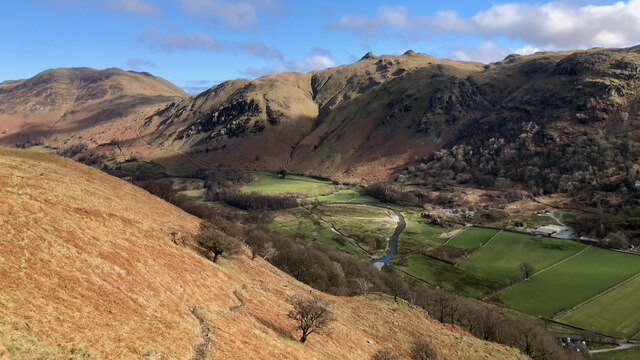
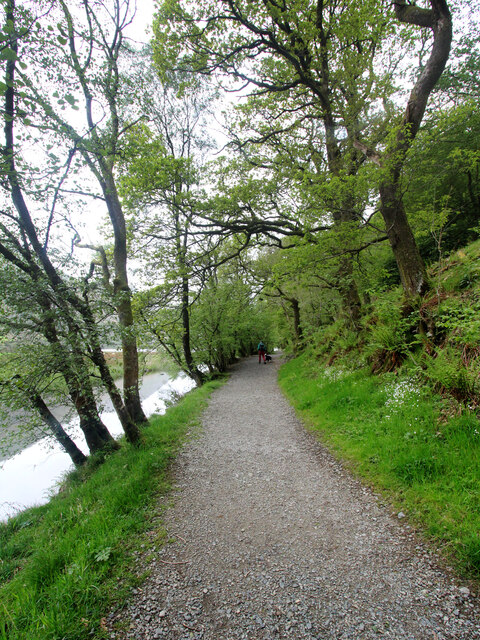
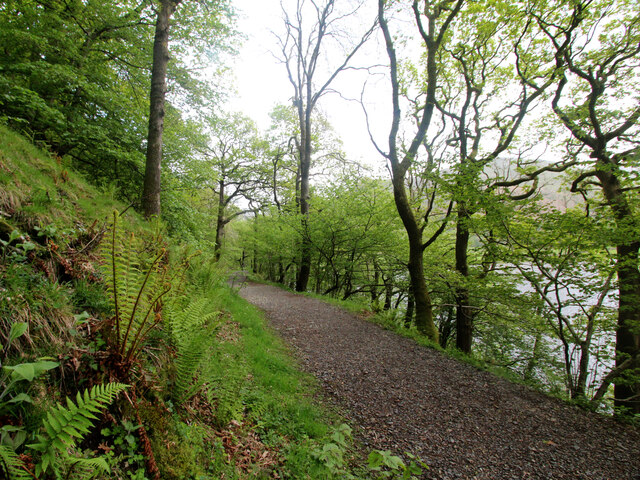
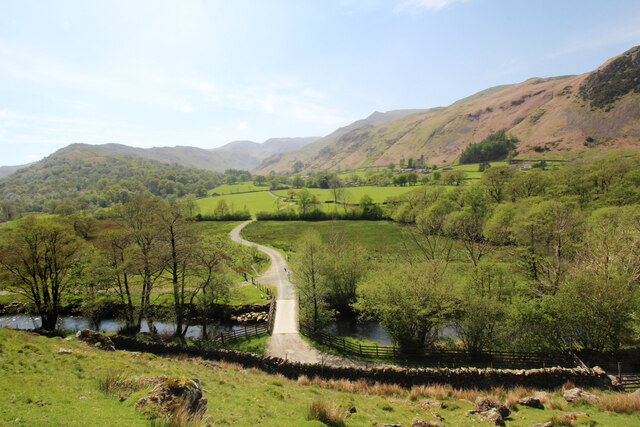
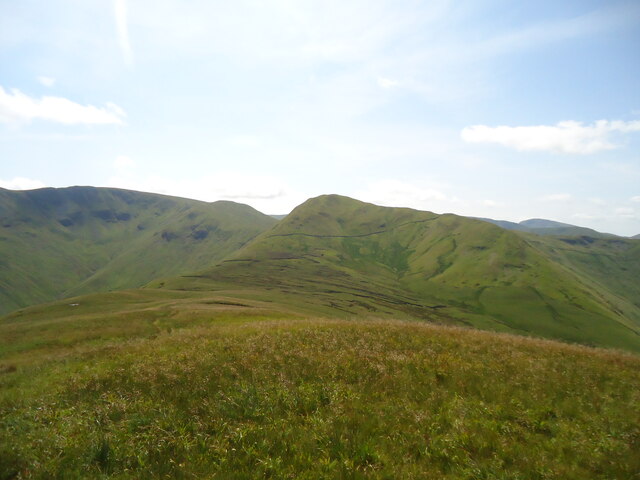
![Romano-British Enclosed Stone Hut Circle Settlement &quot;Settlement site which covers an area of ca 2 acres with the usual arrangement of circular huts and enclosures. One irregular enclosure has well-preserved orthostats of unusual size, many of which stand 3 ft above the ground. The principal enclosure is sub-divided into 2 main divisions, each with a clearly marked entrance on the E, whilst the walls 7-8 ft in thickness are considerably wider than the walls of the village. The part of the village which lies S of the beck shows only traces of a few huts. It is suggested that there may have been an enlargement or rebuilding of the village on more than one occasion (S1048, S1361). See the RCHM 1936 Westmorland (S1389 p. 166-167). The monument is a Romano-British enclosed stone hut circle settlement located in the remote valley of Bannerdale, on a sloping shelf either side of Heck Beck which runs through the site. It includes an enclosure wall 0.9m - 1.4m wide and 0.6m high which is visible at the south-west, north and north-east sides of the settlement only. A mound of large outcropping rocks is incorporated into the wall in the north-west side adjacent to which is a re-entrant or inwardly pointing entrance. South of Heck Beck, and within the enclosure wall, are 3 hut circles having internal diameters of between 1.4 - 7.3m. Immediately north of the beck is an area of irregular small enclosures, with a well-defined entrance of flat stones through the enclosure wall, within which are 5 hut circles with internal diameters between 1.5-6.4m. At the north-eastern end of the site 3 sub- rectangular enclosures, two of which have entrances defined by large, flat stones, have been constructed against the internal side of the enclosure wall. Close by are 2 hut circles with internal diameters of 6.2 and 4.5m. Dominating the north-eastern end of the settlement is a well preserved irregular enclosure with walls up to 7.3m thick constructed of stones standing up to 0.9m high. This enclosure is sub-divided into 2 main parts, each with clearly marked entrances on the east, and is thought to indicate a rebuilding and/or enlargement of the settlement. A modern drystone wall running across the monument is excluded from the scheduling although the ground beneath it is included. The monument is a good example of a R-B enclosed stone hut circle settlement which exhibits several phases of occupation and activity. Its earthworks survive well, preserve considerable detail of the layout of the site, and will facilitate further study of Romano-British settlement patterns in the area (S905, S904).&quot;
‘Heritage Gateway - Results’. 2012. Heritagegateway.org.uk &lt;<span class="nowrap"><a title="https://www.heritagegateway.org.uk/Gateway/Results_Single.aspx?uid=2886004&amp;resourceID=801" rel="nofollow ugc noopener" href="https://www.heritagegateway.org.uk/Gateway/Results_Single.aspx?uid=2886004&amp;resourceID=801">Link</a><img style="margin-left:2px;" alt="External link" title="External link - shift click to open in new window" src="https://s1.geograph.org.uk/img/external.png" width="10" height="10"/></span> &gt; [accessed 15 October 2022]](https://s2.geograph.org.uk/geophotos/07/31/14/7311498_e48d91d1.jpg)
Brock Crags is located at Grid Ref: NY4113 (Lat: 54.514858, Lng: -2.9025129)
Administrative County: Cumbria
District: Eden
Police Authority: Cumbria
What 3 Words
///kilt.corals.motorist. Near Ambleside, Cumbria
Nearby Locations
Related Wikis
Brock Crags
Brock Crags is a fell in the English Lake District, standing above Hartsop in the Far Eastern Fells. It forms part of the perimeter of Martindale, lying...
Angle Tarn (Patterdale)
Angle Tarn is a tarn in Cumbria, England, within the Lake District National Park, about a mile north-east of Hartsop. Located at an altitude of 479 m...
Hartsop
Hartsop is a small village in the English Lake District. It lies in the Patterdale valley, near Brothers Water, Hayeswater and Kirkstone Pass. It consists...
Angletarn Pikes
Angletarn Pikes is a fell in the English Lake District near the village of Patterdale. Its most notable feature is Angle Tarn from which it derives its...
Nearby Amenities
Located within 500m of 54.514858,-2.9025129Have you been to Brock Crags?
Leave your review of Brock Crags below (or comments, questions and feedback).
